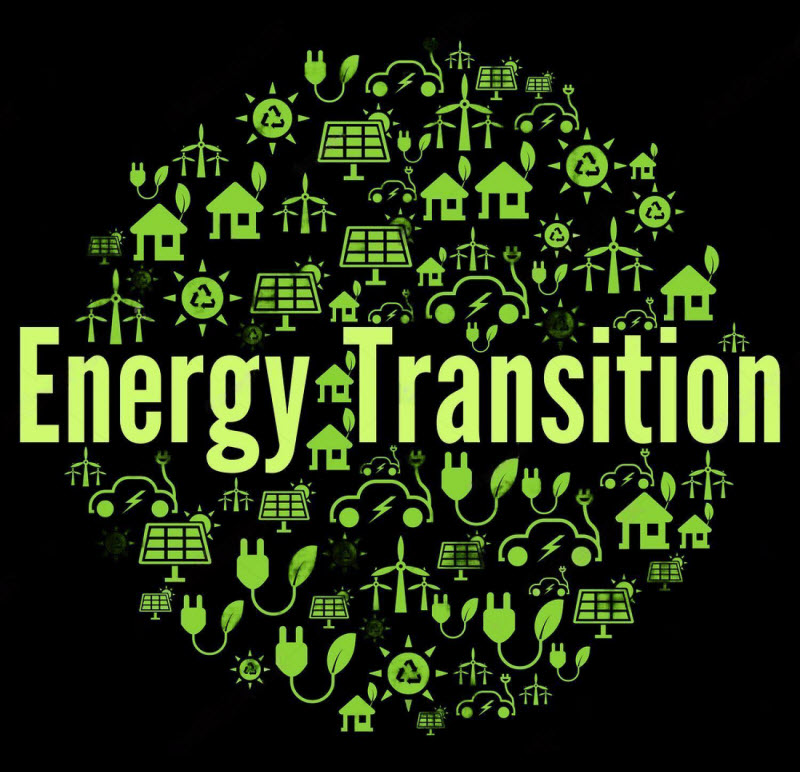
All of us are highly tuned to the need for the world to not only reduce but eliminate carbon dioxide emissions from entering the atmosphere. Around the world, carbon capture and storage companies are working to put the brakes on global CO2 emissions. Right now, CCS is the only technology that can be successfully scaled to help reduce the effects of greenhouse gas emissions from heavy industry and energy production sectors. Whilst alternative green renewable energy technologies are the headline act, they are a long way off being scalable enough to take over from fossil fuels.
The demand for energy is increasing at an alarming rate and CCS Energy and other companies around the world are championing the fight to reduce carbon emissions from current sources of emissions and combat the problem of historical carbon emissions that are already in our atmosphere.

The transition to renewables will take decades. Do we have decades?
Surpassing 1.5° – 2.0° in global warming will be catastrophic, and with an expanding global population placing greater pressure on energy resources, renewable energy technology must advance quickly. Most of the globe’s civilisations are behind the need for clean and renewable energy. Planting trees and protecting rainforests are just as essential; however, transitioning to a full suite of green energy technologies and creating more plantations have got the barrier of time. Limiting the amount CO2 and working to keep global warming under the 1.5° threshold are critical whilst frontline renewable energy technologies such as solar, wind and hydro have the time to scale to a satisfactory level to replace fossil fuels as the primary electricity and fuel sources for the planet.
So, a big question is how do we continue to power the world and meet the energy demands of a growing population, continue to reduce carbon emissions, and deal with the excess carbon that is causing the earth’s temperature to rise?
The answer is by advancing the development and installations of carbon capture and storage facilities. CCS is the only viable and practical option to stem the amount of CO2 entering the atmosphere as well as removing historical CO2.
The technology has been around for a while; however, due to past cost inhibitors and perhaps the “she’ll be right” attitude of many heavy emitters decades ago, CCS was not widely adopted. As the pressure is mounting and we are running out of time, CCS has come to the forefront and carbon capture and storage technology has developed and been refined as a safe, effective, clean and – most importantly – scalable solution.

Where is CCS making a difference?
There are a significant number of CCS facilities already impacting global C02 emissions around the world. Currently there are 27 large scale operations with a further 108 in the pipeline. The majority of these are positioned internationally, and one such business is Carbfix in Iceland, which captures carbon emissions at the source and injects it safely underground.
Global Thermostat is a US company that captures carbon from the atmosphere and repurposes it for reuse in manufacturing. This approach looks at carbon capture as a profitable enterprise rather than a financial liability for the emitter.
CO2 Solutions by SAIPEM is a Canadian based company that has developed an industrial form of the natural enzyme called carbonic anhydrase. This enzyme is essential in enabling humans to breathe, and over the past couple of decades the company has perfected and patented its technology to allow for up to 99.95% of carbon to be captured from industrial smokestacks and power plant emissions. The carbon is then transferred to nearby operations that need carbon, such as agricultural greenhouses.
Quest Carbon Capture and Storage is another Canadian company owned by Shell. Shell uses the CCS technology to remove the carbon generated at its power plant that converts bitumen from sand into oil. The carbon is then piped to a separate location and injected 2km underground into permeable geologic formations, where it stays permanently.
These are a few companies that have seen the advantage of CCS as a way to stem the tide of CO2 being released into the atmosphere and a way to negate existing historical CO2. Australian industry such as mining, cement, construction and fertilizer manufacturers have a unique social opportunity to look closely at CCS technology as a way to put the brakes on their CO2 emissions now. By doing so they will lead Australia’s global standing in the green energy space, they will make a significant contribution to the reduction of CO2 and give a little extra time to the development and scalability of other alternative green energy sources to successfully enter the market and help us all transition to a carbon free future.
CCS Energy is committed to forging your path toward net zero emissions. Our expertise can help clients set realistic targets and tap into additional asset value through carbon offset mechanisms available through various global emission trading schemes. Our team members are CSS experts and well engineers, passionate about identifying efficient and cost-effective transition technology to capture and store carbon and reduce your operation’s carbon footprint.
With years of technical experience in the petroleum industry, we can provide all aspects of technical design, project management and regulatory administration.
When your business is ready to do its part in reducing its carbon emissions footprint, give our team a call. We only offer the very best solutions and technical expertise.



